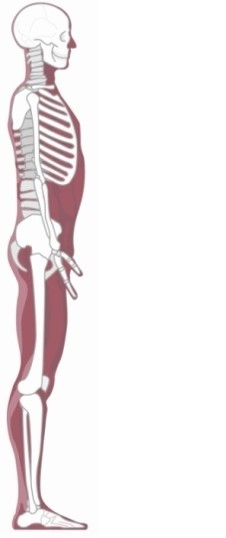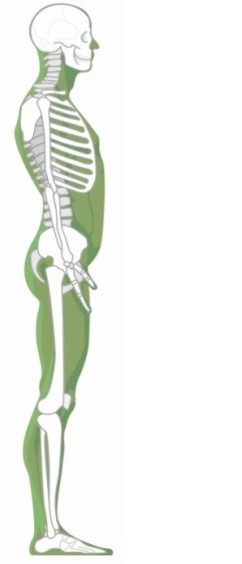Have you ever gone looking for yourself, or needed to redefine yourself? Changing our hair or style of clothes naturally go along with our big changes in our life to help reflect our new reality. Anyone remember graduating college and thinking “Now what?”, reaching mid-life and wondering “What have I done?”, or having the kids move out of the house (or retiring) and wondering “Who am I NOW?” Redefining our sense of self is crucial during these big moments.
WHY do we do this, WHAT do we do about this, and HOW does this connect with the spine?
The neurological patterns that sustain our body and emotional tendencies create an identity, or sense of self. These patterns reflect what we do and don’t do, what we feel and don’t feel, what we accept and don’t accept. In other words, they define the rules and stories of our life. According to Donald Epstein, developer of Network Spinal Analysis and more, these patterns are anchored in through the reflexive circuits of the spine and organize our POSTURE.
Our spinal posture reflects how we’ve adapted, consciously or unconsciously, to “fit in” to our family, culture, or world and the rules we’ve learned to live by. Distorting the natural shape and position of our spine distorts our perceptions and the ability to express our self – enhancing certain qualities and muting or minimizing other qualities. As you stretch a nerve, you change the signal it sends, so different postures stretch and relax different nerves, allowing or inhibiting different parts of ourselves.
This is why “body language” can tell us A LOT about a person in a glance.
Look at the posture of these three figures:



Which one appears to have a relaxed self-confidence?
Which one looks like someone who might doubt himself or herself, like a person that sees only the negative?
Which one appears rigid, like the person behind the spine might have to prove that they’re right and be in control?
In addition to the influence spinal posture has on our health, it is suggested that dysfunction in our spinal posture represent dysfunctions in how we can express the real “us” – like a suit of armor or a “mask”.
A person’s personality habits can be perceived through how their spine holds their posture. In the picture, the person on the right has a healthy spine free of defense physiology, so that person is flexible to express the full RANGE of their identity. The people on the left demonstrate two extremes of how the fight or flight reflex can influence posture. As such, they are limited in the ranges of expression available. One will tend to find what’s wrong, what’s missing, and struggle with DO-ing. The other will tend to try to control, to dominate, and overdo things – they’ll struggle with BE-ing.
This is not who they are, but it’s who their spine lets them be – it’s how their nervous system wears its armor.
This armoring or “masking” is a physical process. It’s subconscious. We don’t walk around thinking “Gosh, how can I disconnect from my true self and make myself sick at the same time?” Many of us have had a number of traumas, physical, emotional, or both, that cause the disconnect. Becoming aware is the first step - it begins the process to restore us back toward health, good posture, and the truth and fullness of our identity.
Next week we will discuss the process of coming home, and all the benefits once we do! If you know your posture is off and you are ready to take the next steps, fill out that contact us form.



Dr. Yetter
Dr. Sheena grew up in the western suburbs of Minneapolis, Minnesota and completed her undergraduate studies in Architecture, Chemistry, and Sustainability at the University of Minnesota Twin Cities campus.